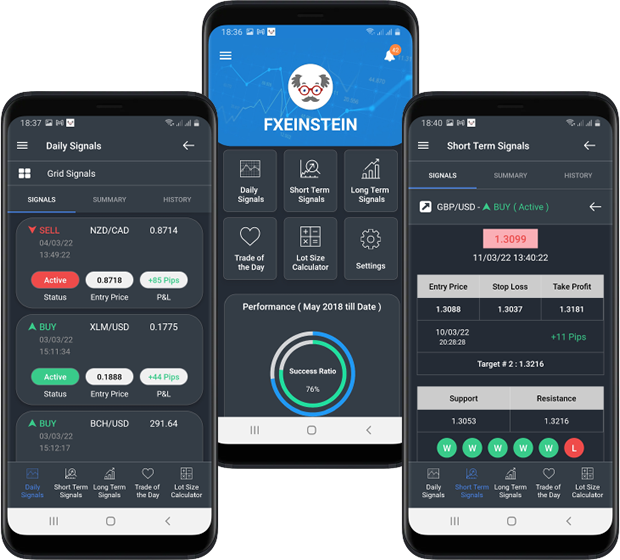
When looking for bond funding, a company should be familiar with the types of bonds available. This article will cover Revenue bonds, Green bonds and Savings bonds as well as Treasury inflation-protected securities. Bonds are an excellent way to finance projects that have limited funding options. Below are the characteristics and benefits of each type bond. To learn more, please visit our dedicated page on bond funding. You can contact a Bond Consulting Company if you need financing for a startup.
Revenue bonds
The tax environment can influence whether a bond issuer is able to use revenue bonds for financing its project. A toll road bond can be used to fund the road's construction and operations. The bonds can be paid for with the tolls collected by that road. This means the bond issuer won't have any worries about exceeding its debt limit. In the event that the road is in disrepair, the issuer has the option to call back the bonds and recover the losses.

Green bonds
The law requires that issuers report on the use of proceeds from green bond investments and their impact. This helps reduce information asymmetries and the risk of greenwashing and allows stakeholders to judge the environmental benefits of green bond projects. These metrics are required to be reported by issuers under the CBI and proposed EU GBS. It is not clear which measures should be put in place. However, if these are adopted, the investment will help increase transparency in the green bond market and raise investor confidence.
Savings bonds
Savings bonds are exempted from taxes at all levels, federal, state, or local. The federal government taxes the interest they earn and the proceeds of bond redemption. Series EE savings bonds, for example, have a guarantee of double digit appreciation over the first 20 years. The Treasury adjusts the bond's value one-time on the bonds' 20th anniversary.
Treasury inflation-protected security
Treasury Inflation Protected Securities are U.S. bonds that are indexed according to the Consumer Price Index - Urban Consumers. These securities earn interest at an inflation-adjusted rate and have a principal increase. TIPS may not offer the same high returns that stocks and mutual funds, but they can help preserve purchasing power during inflationary times and even reduce the impact of falling price.

Zero-coupon obligations
Zero-coupon securities, also known under the name par value bonds or debt securities, do not pay any periodic interest. The bond holder is not entitled to any periodic income. These bonds are the only choice for bond financing. There are many benefits to zero-coupon Bonds, such as low or no interest cost. These are just some:
FAQ
What is the trading of securities?
Stock market: Investors buy shares of companies to make money. To raise capital, companies issue shares and then sell them to investors. These shares are then sold to investors to make a profit on the company's assets.
Supply and Demand determine the price at which stocks trade in open market. The price of stocks goes up if there are less buyers than sellers. Conversely, if there are more sellers than buyers, prices will fall.
You can trade stocks in one of two ways.
-
Directly from your company
-
Through a broker
How do I invest my money in the stock markets?
You can buy or sell securities through brokers. Brokers buy and sell securities for you. Brokerage commissions are charged when you trade securities.
Banks charge lower fees for brokers than they do for banks. Banks offer better rates than brokers because they don’t make any money from selling securities.
If you want to invest in stocks, you must open an account with a bank or broker.
If you are using a broker to help you buy and sell securities, he will give you an estimate of how much it would cost. Based on the amount of each transaction, he will calculate this fee.
Your broker should be able to answer these questions:
-
The minimum amount you need to deposit in order to trade
-
Are there any additional charges for closing your position before expiration?
-
What happens if your loss exceeds $5,000 in one day?
-
How many days can you keep positions open without having to pay taxes?
-
What you can borrow from your portfolio
-
Transfer funds between accounts
-
How long it takes to settle transactions
-
the best way to buy or sell securities
-
How to Avoid fraud
-
how to get help if you need it
-
If you are able to stop trading at any moment
-
How to report trades to government
-
whether you need to file reports with the SEC
-
Do you have to keep records about your transactions?
-
If you need to register with SEC
-
What is registration?
-
How does it impact me?
-
Who is required to be registered
-
What time do I need register?
What is security in the stock market?
Security is an asset which generates income for its owners. The most common type of security is shares in companies.
One company might issue different types, such as bonds, preferred shares, and common stocks.
The value of a share depends on the earnings per share (EPS) and dividends the company pays.
Shares are a way to own a portion of the business and claim future profits. If the company pays a dividend, you receive money from the company.
You can sell your shares at any time.
Can bonds be traded
Yes, they do! As shares, bonds can also be traded on exchanges. They have been for many years now.
The main difference between them is that you cannot buy a bond directly from an issuer. They can only be bought through a broker.
This makes it easier to purchase bonds as there are fewer intermediaries. This means that selling bonds is easier if someone is interested in buying them.
There are different types of bonds available. While some bonds pay interest at regular intervals, others do not.
Some pay interest annually, while others pay quarterly. These differences allow bonds to be easily compared.
Bonds are very useful when investing money. You would get 0.75% interest annually if you invested PS10,000 in savings. If you invested this same amount in a 10-year government bond, you would receive 12.5% interest per year.
If all of these investments were put into a portfolio, the total return would be greater if the bond investment was used.
Statistics
- For instance, an individual or entity that owns 100,000 shares of a company with one million outstanding shares would have a 10% ownership stake. (investopedia.com)
- "If all of your money's in one stock, you could potentially lose 50% of it overnight," Moore says. (nerdwallet.com)
- US resident who opens a new IBKR Pro individual or joint account receives a 0.25% rate reduction on margin loans. (nerdwallet.com)
- Ratchet down that 10% if you don't yet have a healthy emergency fund and 10% to 15% of your income funneled into a retirement savings account. (nerdwallet.com)
External Links
How To
How to make your trading plan
A trading plan helps you manage your money effectively. It helps you identify your financial goals and how much you have.
Before setting up a trading plan, you should consider what you want to achieve. You may want to save money or earn interest. Or, you might just wish to spend less. You may decide to invest in stocks or bonds if you're trying to save money. You can save interest by buying a house or opening a savings account. You might also want to save money by going on vacation or buying yourself something nice.
Once you know what you want to do with your money, you'll need to work out how much you have to start with. This will depend on where you live and if you have any loans or debts. It is also important to calculate how much you earn each week (or month). Your income is the amount you earn after taxes.
Next, save enough money for your expenses. These include rent, food and travel costs. Your total monthly expenses will include all of these.
The last thing you need to do is figure out your net disposable income at the end. This is your net discretionary income.
You now have all the information you need to make the most of your money.
To get started, you can download one on the internet. You can also ask an expert in investing to help you build one.
Here's an example spreadsheet that you can open with Microsoft Excel.
This graph shows your total income and expenditures so far. You will notice that this includes your current balance in the bank and your investment portfolio.
Another example. This one was designed by a financial planner.
It will let you know how to calculate how much risk to take.
Don't attempt to predict the past. Instead, think about how you can make your money work for you today.